The enduring appeal of chintz and how to style it now
© Tamsyn Morgans
From fabulous florals to pastoral toile de Jouy patterns, we explore the history of chintz and look at new ways to use it today
Today, the word ‘chintz’ is often used to describe traditional floral decoration on wallpaper, fabric or ceramics. It has slightly dated, old-fashioned associations, conjuring up thoughts of grandma’s twee curtains covered in sun-bleached roses, or flowery china teacups.
However, historically, chintz is in fact a cotton fabric that has been painted or printed with a pattern or motifs. The first chintz fabrics originated in India and arrived in Europe in the 16th century. ‘Indian chintz makers had discovered a secret: how to make colours stay in cotton fibres using metal salts to fix them,’ explains art historian Helen Bieri Thomson. ‘The Europeans didn’t know how to do this, which is why chintz was such a hit when it arrived in Europe via Portuguese traders. Up until then, although the rich had access to beautiful coloured silks or velvets, most people could only afford rough wool, flax, linen or hemp fabrics which were scratchy and not very comfortable.’
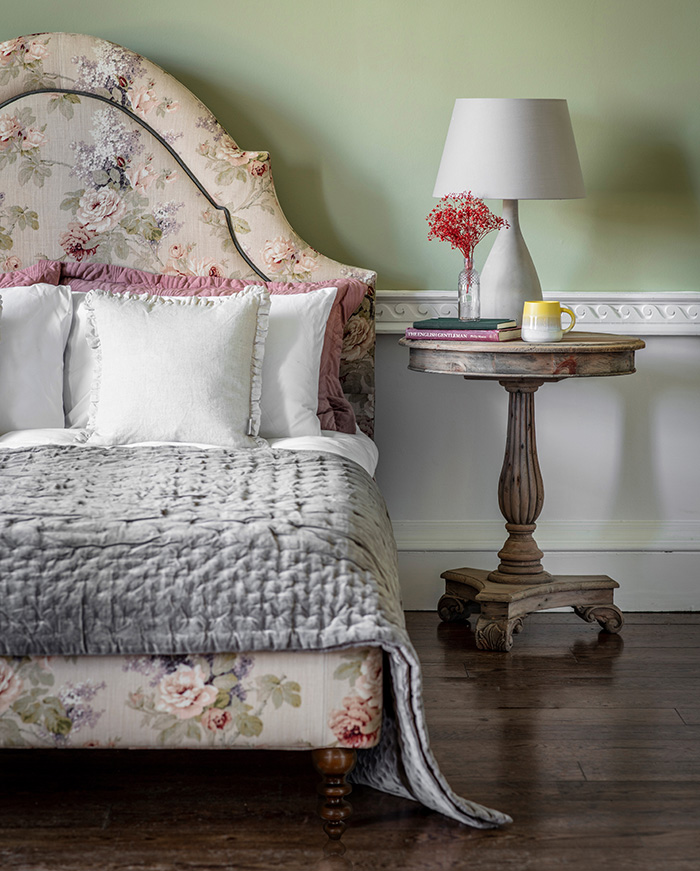
frenchbedroom.co.uk
When this new printed cotton fabric arrived in Europe – decorated with beautiful floral and nature-inspired ‘tree of life’ patterns – it was an instant success. ‘It felt soft on the skin, you could wash it many times and the colours didn’t fade. It arrived in all sorts of different qualities, which triggered a huge revolution in consumerism,’ reveals Helen. ‘For the first time, people with modest backgrounds could afford a little bit of fashionable pattern – even if it was just a small neckerchief. Very soon, some people were complaining that they could no longer distinguish between a servant and a mistress!’
Imported chintz fabrics became so popular in Europe during the late 17th century that many countries banned them because silk and wool mills were up in arms and could not compete. France prohibited chintz from 1686 to 1759; in 1720, England’s parliament enacted a law that forbade ‘the Use and Warings in Apparel of imported chintz, and also its use or Wear in or about any Bed, Chair, Cushion or other Household furniture’.
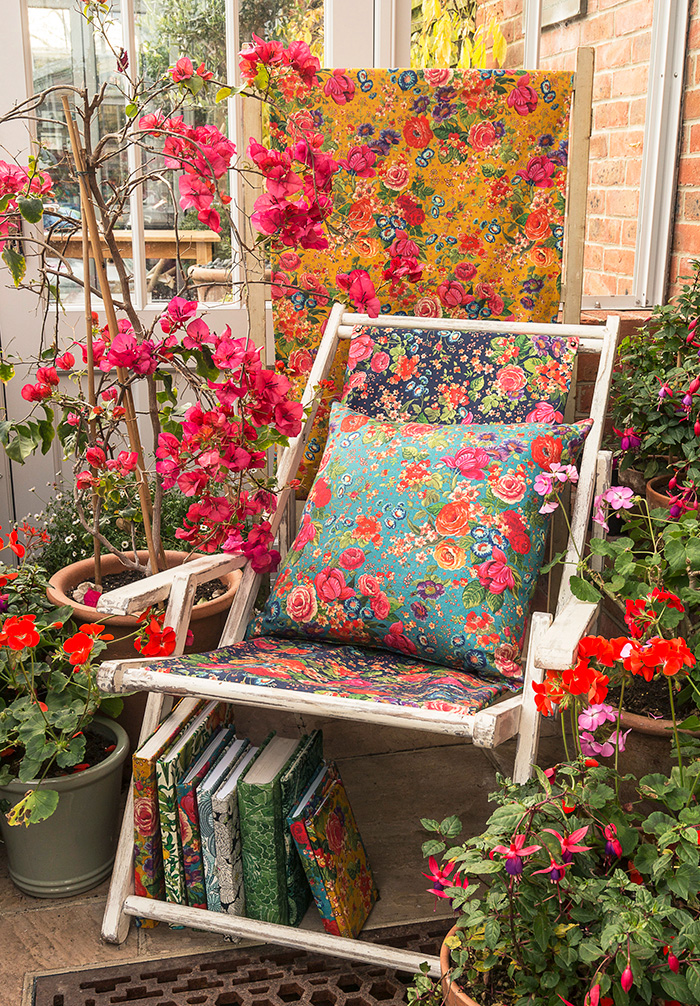
blendworth.co.uk
‘Penalties for owning or making chintz were harsh, but fashion was so important that lots of people ignored the law,’ says Helen. ‘Madame de Pompadour, mistress of Louis XV, draped her whole apartment with chintz fabrics and wore chintz dresses,’ she reveals. ‘She was the leading fashion icon and was copied by everyone – not just the aristocracy.’
In southern France, where there were big ports such as Marseilles, communities of Armenians (who had come over from places such as Persia) eventually shared the Indian secret of how to make chintz with local manufacturers. Once the technique was common knowledge, Europeans imitated the Indian fabrics throughout the 17th and 18th centuries and introduced their own patterns, such as toile de Jouy which features idyllic pastoral scenes.
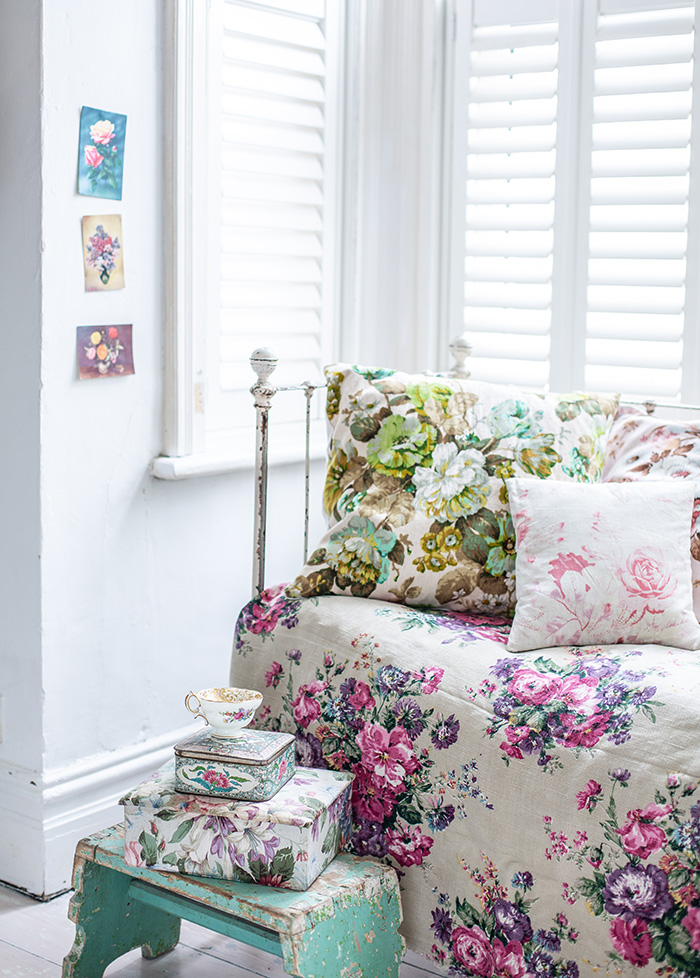
© Tamsyn Morgans
‘Chintz is the most fascinating fabric because it had such a big impact on society, economy and fashion for over 200 years,’ says Helen. ‘It changed the world. Some historians say that chintz was the first globalised product ever. It was made, used or worn on all four “known” continents in the 18th century.’
In the 19th and 20th centuries, demand fuelled the development of roller printing and chintz was constantly in production in the UK, but colours and styles were adapted to appeal to the changing whims of modern consumers. ‘Chintz has constantly renewed itself,’ concludes Helen. ‘The natural world never goes out of fashion. The way that you present these motifs evolves, but the subject matter itself is timeless.’
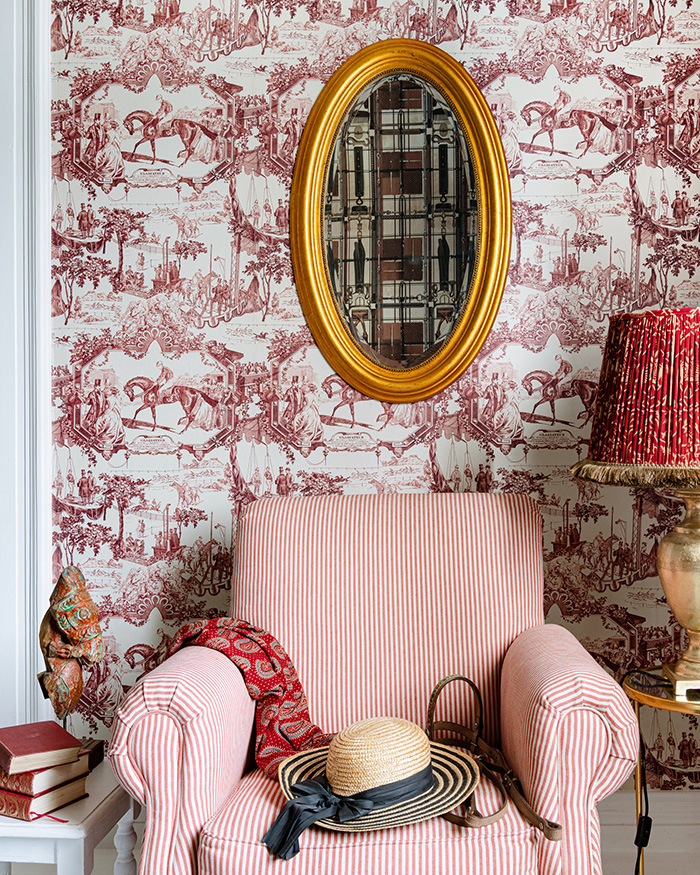
mindtheg.com
How to use chintz now
Printed or painted floral cotton fabrics or wallpaper can instantly prettify a room and are a great way to soften a space.
Stick to one or two highlights
A ‘more is more’ layered look was favoured in the 1980s, when chintz fabrics were sometimes used on several elements within the same room for a matchy-matchy look, but nowadays it’s more fashionable to incorporate just one or two stand-out chintz features for a contemporary, fresh effect.
Choose a key colour
For upholstery, curtains or cushion covers, once you’ve selected a chintz fabric you love, choose a key colour from the pattern and stock up on a plain fabric in that hue, so you can incorporate both patterned and plain elements in your room, and prevent your chintz from dominating or feeling too busy.
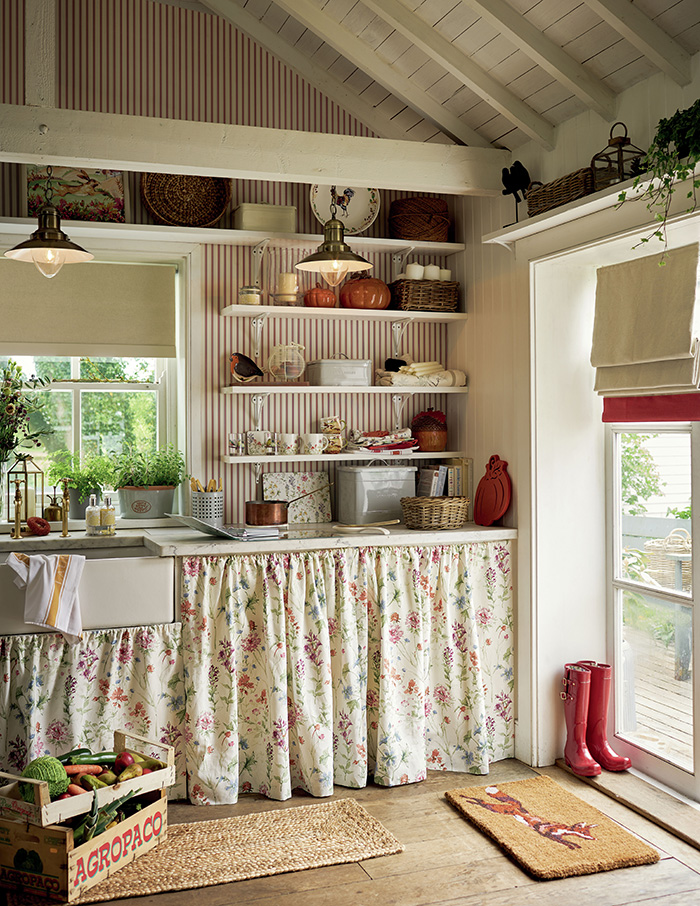
© Laura Ashley
Play with contrasts
From a dainty floral cotton tablecloth on a rustic reclaimed wooden table to a chic 1960s chair upholstered in an eye-catching rose fabric, chintz becomes the star of the show when it’s allowed to be the focal point in a room.
Look for vintage and vintage-inspired repros
If you find an original vintage chintz fabric that’s affordable and in good condition, then snap it up! Some can be faded, damaged or expensive, so seek out antique-style repro chintzes that are inspired by designs from the past.
WORDS: ELLIE TENNANT
Before you go...
...fancy automatic entry to all future competitions?
Simply register online today for FREE and you will get:
Automatic entry to all current and future competitions.
Access to Reclaim Inspiration - an online visual pinboard for saving all your home and style inspiration.
A regular newsletter of inspiration, ideas and advice.

Save all your articles in one place
Become a Reclaim Member to save all your home and style inspiration. Simply login or register online today for FREE and you will get:
Automatic entry to all current and future competitions.
Access to Reclaim Inspiration - an online visual pinboard for saving all your home and style inspiration.
A regular newsletter of inspiration, ideas and advice.








